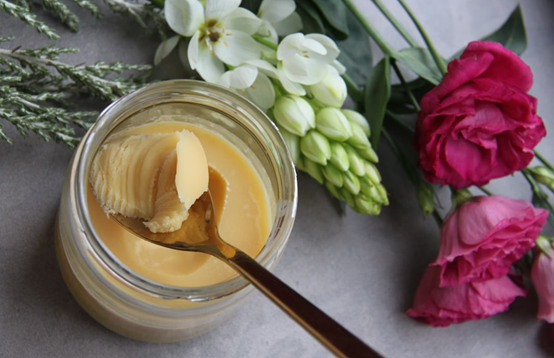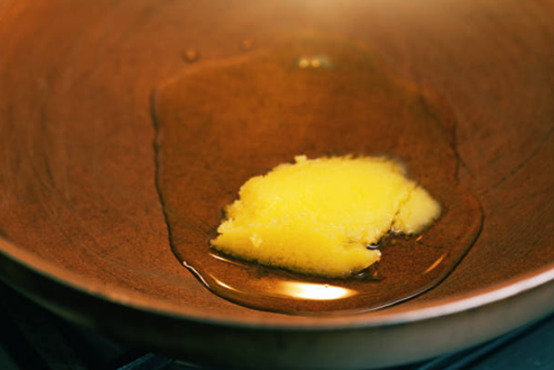In the culinary world, many ingredients capture the hearts and taste buds of people from different cultures. Ghee is such a versatile and respected ingredient. Ghee has been a staple of traditional Indian cooking for centuries, known for its intense flavor, unique aroma, and high smoke point. If you haven’t used ghee before, you may have some questions about its ingredients and best ways to use it. That’s why we’ve hired some culinary experts to help you explain everything you should know about this delicious, multifaceted ingredient.

What Is Ghee?
Ghee is a traditional ingredient in Indian cooking that is made through the process of clarifying butter.
Food scientist Dr. Bryan Le explains that cooking full-fat butter over low heat triggers the Maillard reaction, a chemical reaction that gives brown foods a unique flavor. “This reaction occurs between the residual protein and lactose while evaporating any moisture in the butter,” he explains. “After skimming the caramel solids, the remaining matter is mainly composed of milk fat.”
What Is Ghee Made Of?
Ghee is made with milk and is traditionally hand-stirred into butter before being clarified. “When it comes to ghee, I can’t help but think back to my own childhood; I used to spend hours stirring the cream for my mom, and she made sure to keep it in our pantry every week as a staple,” said Manjit Manohar, executive chef at The Regency Bar & Grill. In terms of its composition, ghee is made up of about 98.9% lipids. “It’s mostly made up of saturated fats, but also contains unsaturated fats, omega-3 fatty acids, and vitamin A,” Le explains.

What Is Ghee For?
Ghee is a commonly used ingredient in Indians and can be used as a cooking grease in various recipes. “In India, ghee has several uses: to make desserts and to put on flatbread,” explains celebrity chef and food network star Maneet Chauhan. “Ghee is a prized commodity in India – it’s more expensive than butter and lasts longer. In India, ghee is used instead of oil for special occasions. Ghee is also used in many Hindu ceremonies.
Due to its high smoke point, ghee is an excellent choice for frying. It can be used like any other cooking grease and can add nutty flavor and aroma to any dish. “As a chef, I like to cook in ghee, mostly for frying food because of its unique characteristics of having a high smoke point,” Manojar said. “I also use it as a base for baking and stir-frying food.”
How Is Ghee Different from Butter?
Although ghee is made from butter, it has certain advantages over butter. Chef Maunika Gowardhan, author of Tandoori Home Cooking, said: “Ghee can be stored at room temperature and has a very high smoke point, making it ideal for blending spices and frying ingredients. “。 Ghee is also tastier than butter and may last longer, as a little ghee can go a long way in cooking.
There is also a big difference in chemical composition between ghee and butter. “Ghee contains very little water, protein and lactose,” says Le. “Butter, on the other hand, is an emulsion of cream, water and protein.”

Is Ghee Better for You Than Butter?
While ghee and butter have similar nutrient profiles, there is no evidence that one is healthier than the other. “Ghee may be better for those who are highly lactose intolerant because it contains less lactose than butter,” Le advises. As Gowardhan points out, both have their uses. “Butter is creamier and ideal for baking or making cream sauces,” she says.
Is Ghee Different from Clarified Butter?
Ghee is a clarifying butter. However, due to its preparation method and taste, it is slightly different from typical clarified butter. “Ghee has a very unique taste because it cooks very slowly to remove all the milk solids and casein,” Manojar explains. “Unlike other similar foods, ghee takes longer to cook than clarified butter to ensure a unique nutty aroma and add brownness.”
